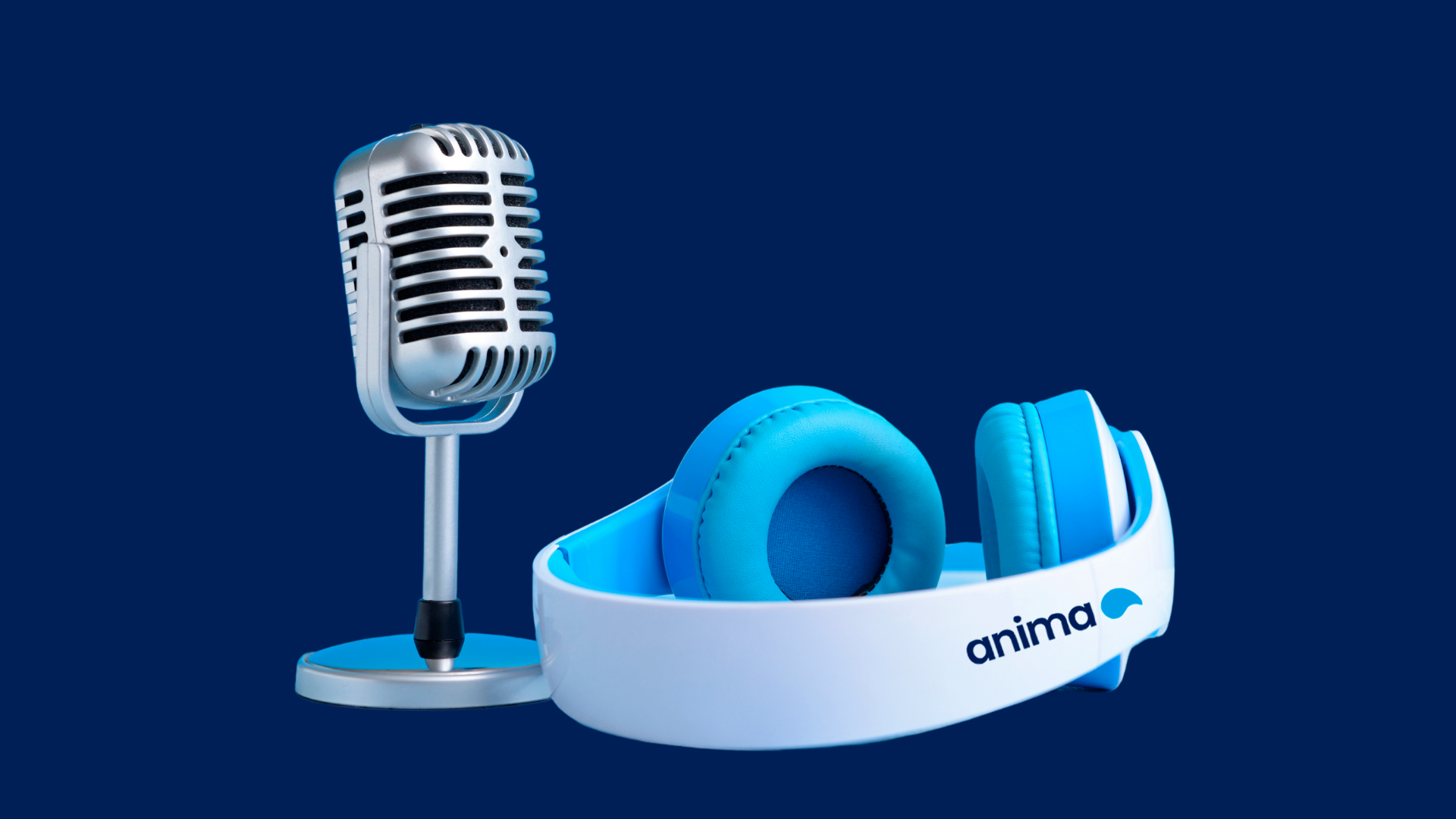

February, 2025
In recent years, the way we consume music has changed dramatically. The transition from traditional media to digital platforms has transformed the music industry, redefining listening habits and the relationship between artists and audiences.
Streaming services have emerged as the new leaders in music distribution, driving significant changes in the industry and raising questions about the future of traditional radio. However, while streaming has revolutionized how we discover and listen to music, radio still plays a fundamental role in music dissemination and promotion.
The Rise of Music Streaming
As previously mentioned, streaming services have experienced exponential growth in recent years, deeply impacting both the revenue of the music industry and how people consume music. By 2020, streaming accounted for 62% of global music industry revenue, with giants like Spotify amassing over 345 million monthly active users—figures that have nearly doubled in the past four years.
Changes in Audience and Preferences
Streaming platforms not only provide vast music catalogs but also incorporate sophisticated personalization features tailored to user preferences. These features enhance the listening experience through personalized recommendations and curated playlists, attracting a large segment of the traditional radio audience, particularly younger demographics. As a result, radio declined by 13% as the primary audio source among individuals aged 12 to 34 in 2022.
The Impact on Traditional Radio
Globally, despite the exponential growth of streaming services, traditional radio (AM/FM) still retains a substantial audience, reaching over 90% of the world's population each month, according to industry data, with notable figures in countries such as Brazil, Japan, and several European nations. However, competition from streaming services has diminished radio’s role as the primary medium for discovering new music, particularly among younger audiences. To counteract this impact, many radio stations have diversified their offerings by integrating content into digital platforms, including streaming, mobile apps, podcasts, and live broadcasts, aiming to maintain relevance in an increasingly technological and competitive media landscape.
How the Music Industry is Adapting
As the music industry continues evolving, record labels and radio stations must adopt new strategies to remain competitive and relevant.
Record Labels and Artists
With streaming services dominating music consumption, record labels have adjusted their strategies to stay ahead. Some of their key adaptations include:
• Data-Driven Talent Acquisition: using streaming analytics and social media trends to identify emerging artists and trending songs that might not yet be widely known.
• Focus on Digital Marketing: shifting promotional efforts from traditional methods to social media campaigns, influencer collaborations, and targeted digital advertising, ensuring better engagement with younger audiences.
• Innovations in Licensing and Revenue: negotiating complex licensing deals with streaming platforms and exploring blockchain technologies to enable transparent revenue distribution.
• Support for Independent Artists: providing distribution and promotional infrastructure for artists who prefer to operate independently, allowing labels to expand their reach to a broader audience.
Radio’s Response to Digital Disruption
Like record labels, radio stations are evolving by integrating digital and technological strategies into their operations. Some of their key adaptations include:
Hybrid Content Offering:
Enhanced Interactivity:
Technological Integration:
Conclusion
The landscape of music and radio consumption is undergoing a fundamental transformation, with streaming services leading the redefinition of user engagement.
Although traditional radio faces significant challenges, it still holds a place in the industry, particularly in live programming and among certain audience segments, with a brand recall rate significantly higher than other advertising media.
If you are interested in learning more about how digitalization is shaping the future of music consumption and how businesses can adapt to this new reality. Contact us and discover how to maximize your impact on radio in the digital age!